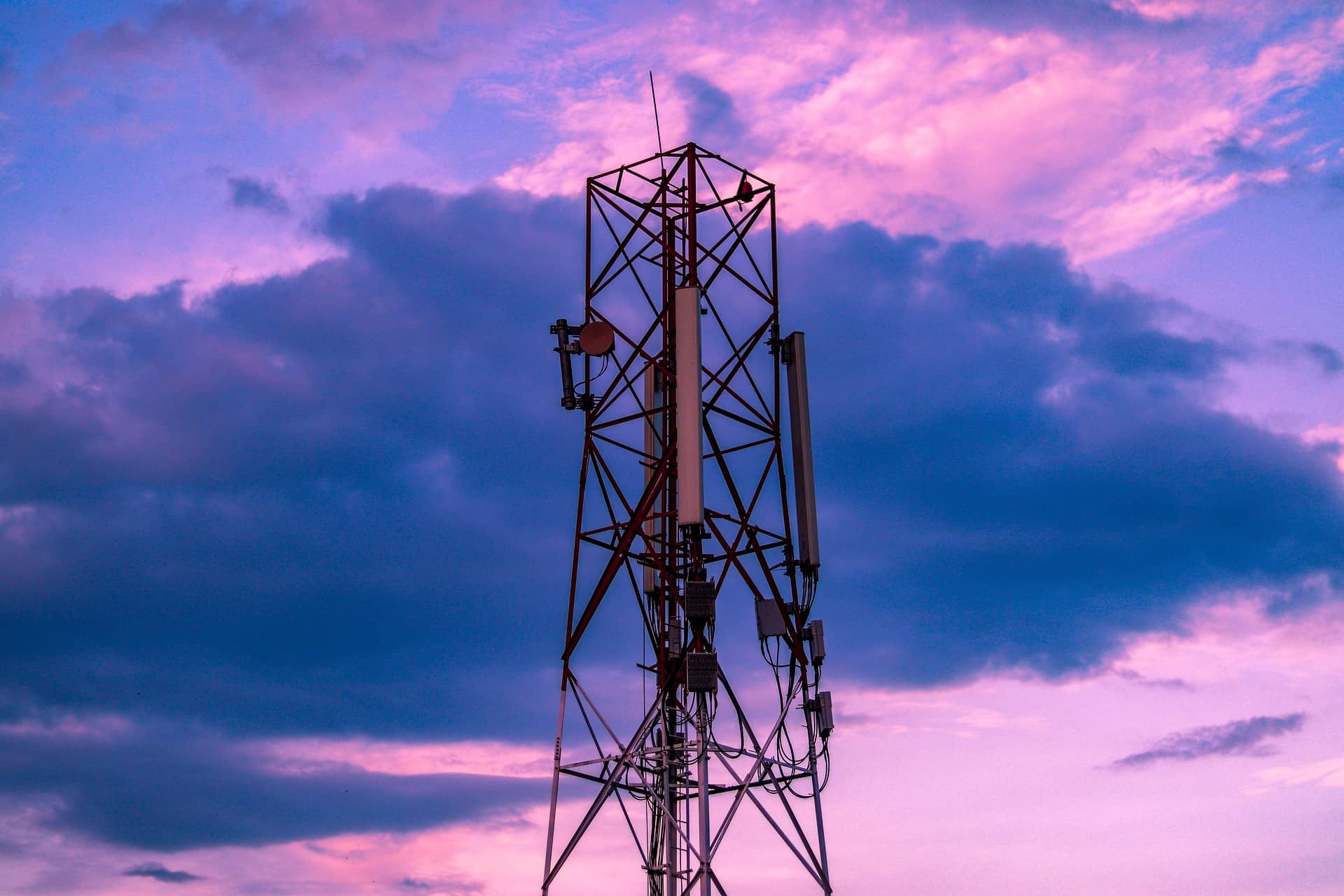News
The move will allow Lumos to ramp up its fibre network rollout across America
Wireless carrier T-Mobile US has joined forces with EQT, a Swedish investment firm, to launch a new joint venture (JV), through which they will acquire fibre provider Lumos.
Fibre-to-the-home (FTTH) provider Lumos currently provides fibre broadband and Wi-Fi services to 320,000 households focussing on Virginia, North Carolina, and South Carolina.
Following its acquisition by the newly formed JV, the business will transition to a wholesale model. T-Mobile will take over customer relationships and use its brand to attract new subscribers.
The joint venture will focus on identifying markets, engineering and designing networks, network deployment, and customer installation, according to T-Mobile.
As part of the acquisition, T-Mobile says it will invest $950 million in the JV, giving it 50% equity in the business.
T-Mobile is expected to invest an additional $500 million by 2028, which Lumos will use to expand its fibre rollout to 3.5 million homes by the end of 2028.
“As the demand for reliable, low-latency connectivity rapidly increases, this deal is […] a significant step forward in expanding on our broadband success and continue shaking up competition in this space to bring even more value and choice to consumers,” said T-Mobile CEO Mike Sievert in a press release.
EQT has already been a key investor in Lumos for six years, scaling the company and rolling out fibre to underserved areas.
“We look forward to continuing to leverage EQT’s considerable digital infrastructure and fibre expertise to support the significant fibre buildout ambitions of T-Mobile and the JV,” said EQT Partner Jan Vesely.
“This new effort will build critical fibre broadband infrastructure that will enable remote work, education, and healthcare use cases across the country,” she continued.
The transaction is expected to close in to early 2025 at the latest, pending regulatory approval.
Keep up to date with all the latest telecoms news from around the world with Total Telecom’s daily newsletter
Also in the news:
South Korea to invest $7 billion in AI semiconductors
Swisscom expands 5G partnership with Ericsson
Daisy Group set to acquire 4Com for £215m








